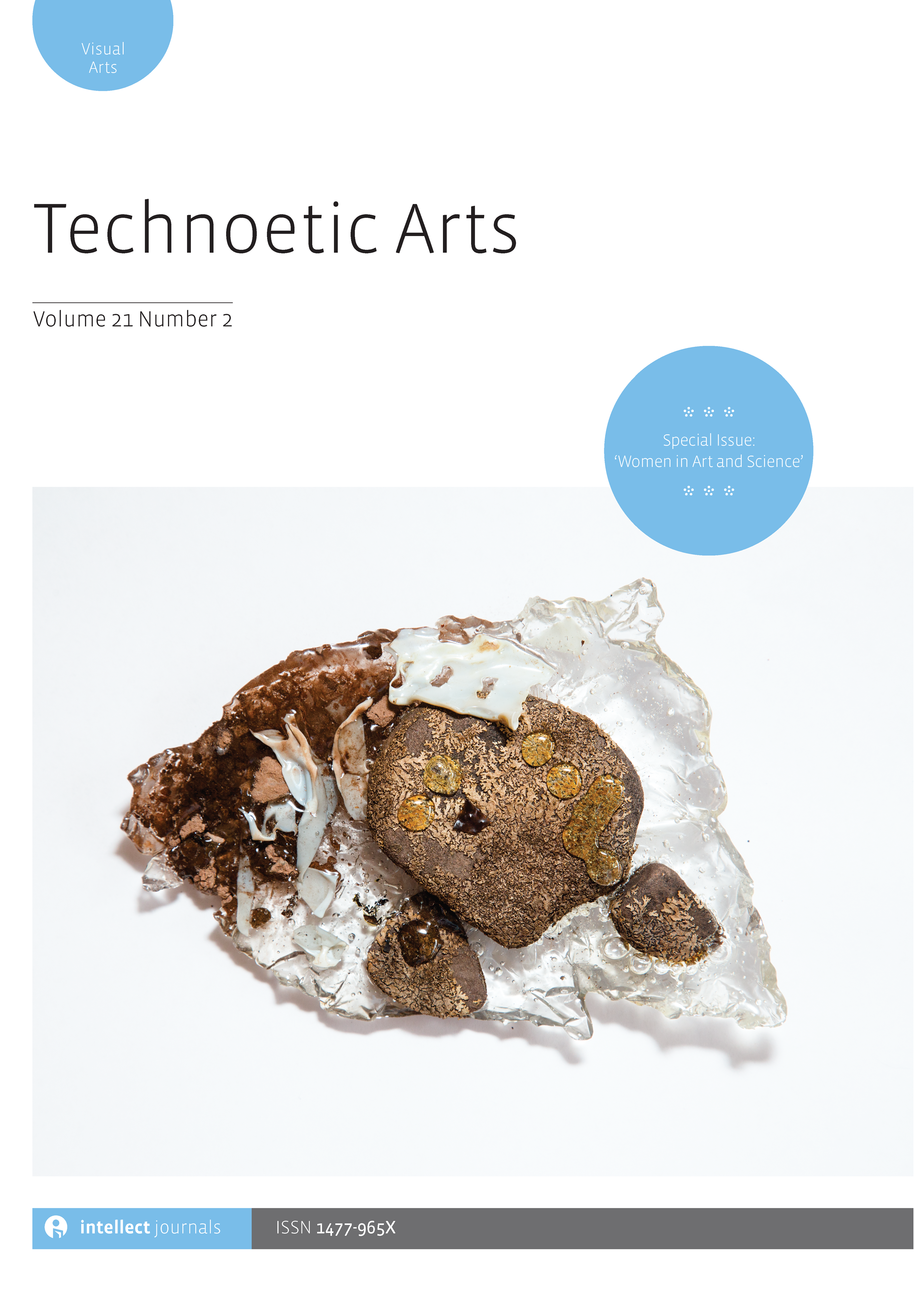
Full text loading...
 , Vladimir Todorović2
, Vladimir Todorović2
In this article, we trace the analogies, parallels and affinities between bio-inspired generative art and bio art practices with strong generative flavour. We look at the creative and expressive features in these two fields, compare their shared interests in the design and development of life, and discuss the strategies they apply to communicate and engage the audience. With respect to the existing literature, which relates bio and generative art primarily within a historical context, we compare these two fields focusing on generativity as their common poetic driver. We indicate their shared impetus for rendering distinctive visions of nature in order to identify, contemplate or provoke dramatic changes in the era when biological processes become programmable and living matter can be instrumentalized for various forms of labour. We also examine the epistemological and practical effectiveness of the two fields within a broader socio-technical perspective, which leads us to their constructive critique.

Article metrics loading...

Full text loading...
References


Data & Media loading...

Publication Date:
https://doi.org/10.1386/tear_00040_1 Published content will be available immediately after check-out or when it is released in case of a pre-order. Please make sure to be logged in to see all available purchase options.